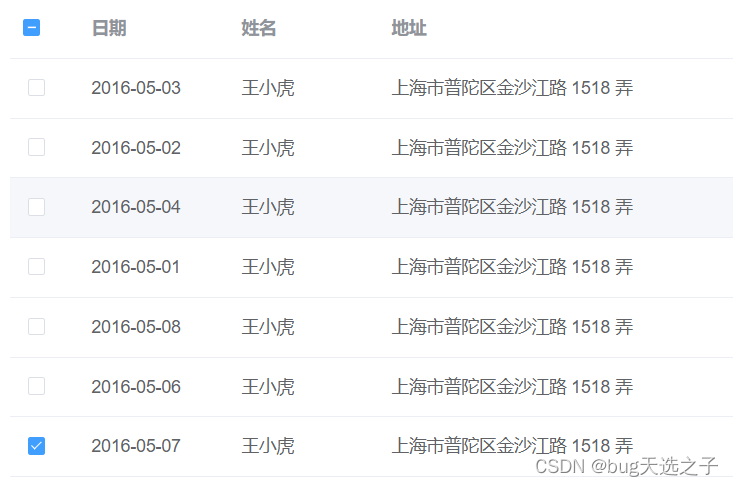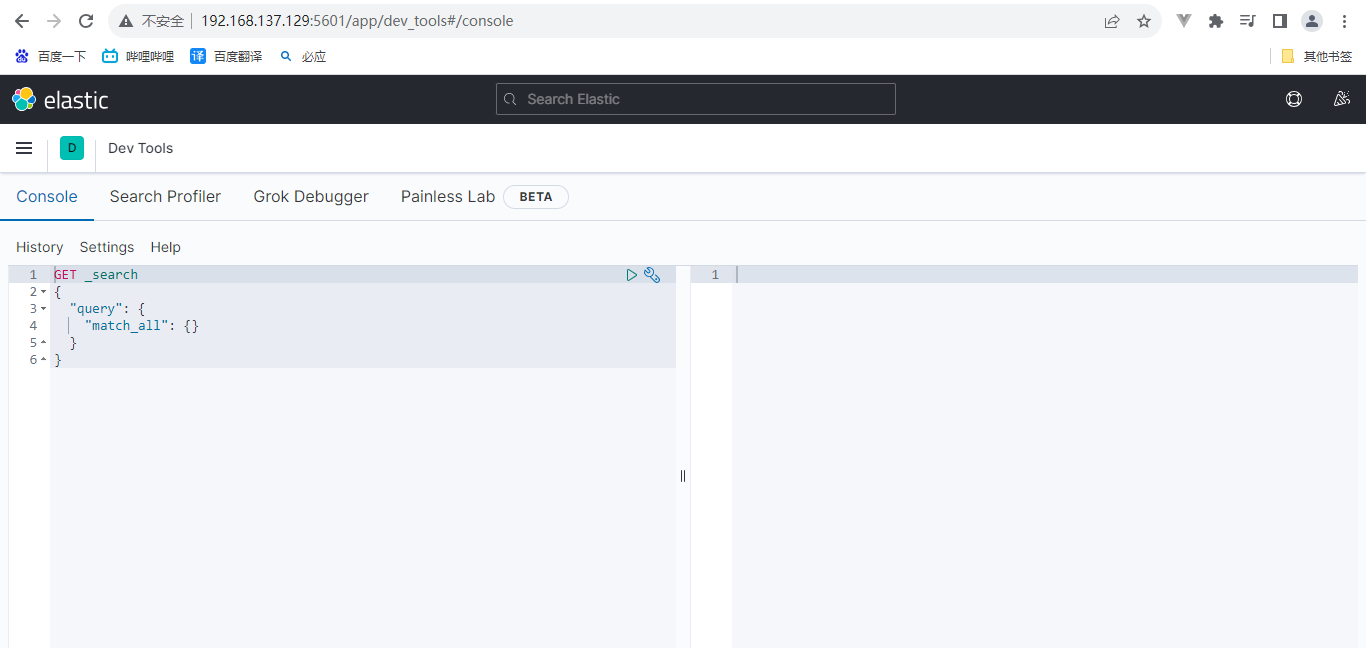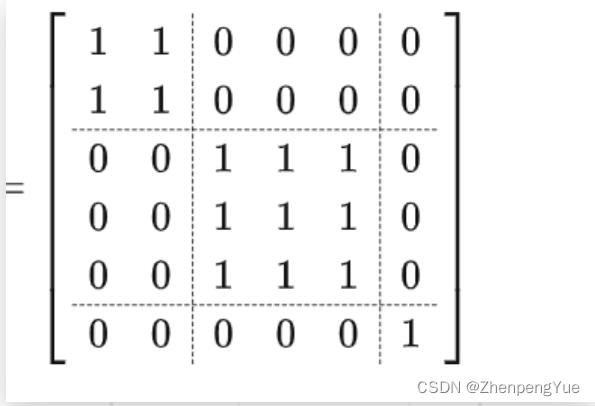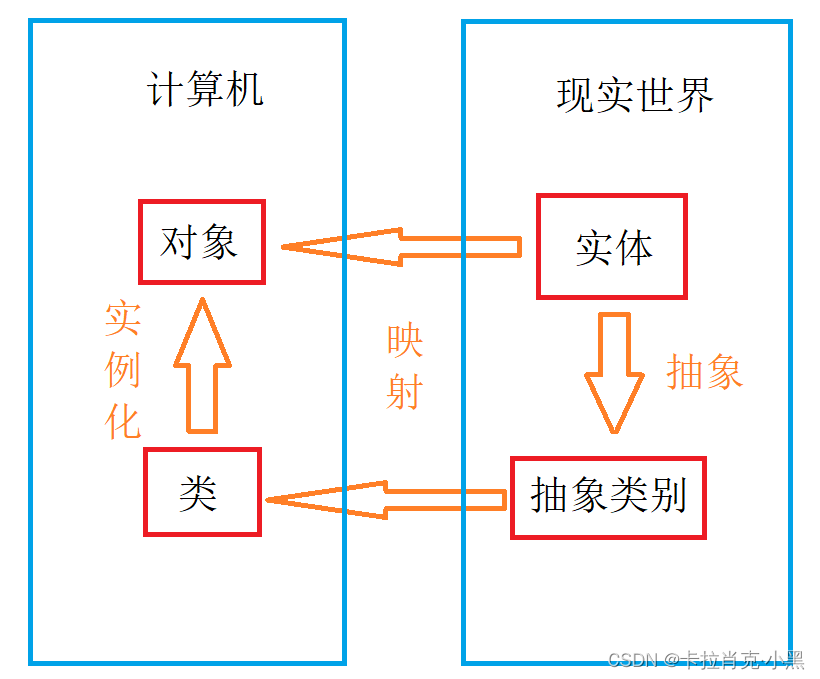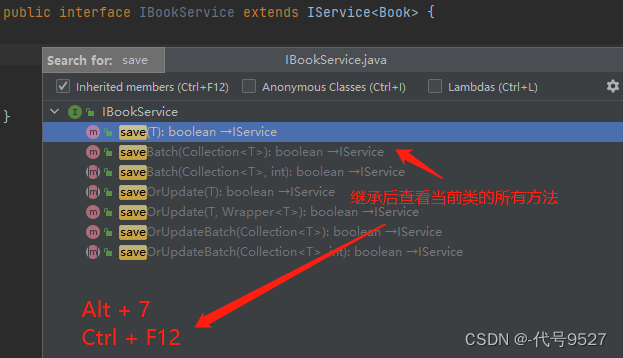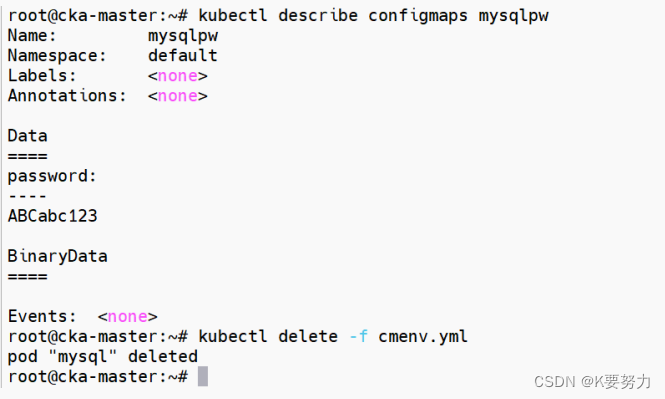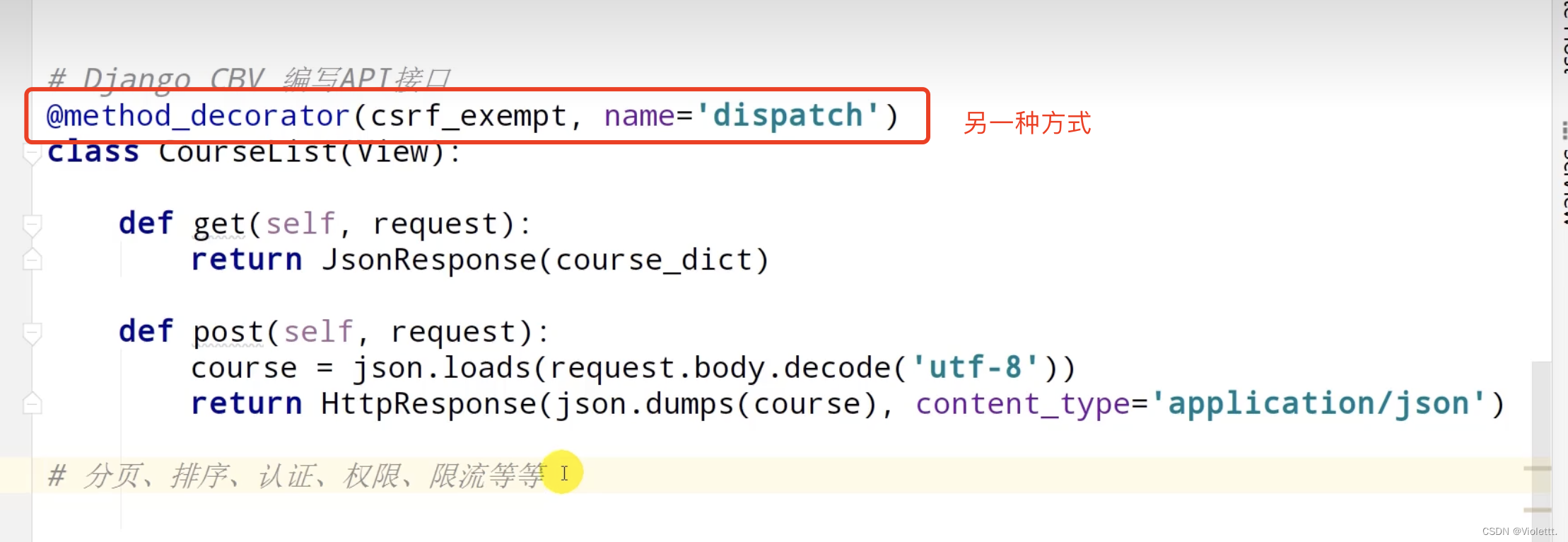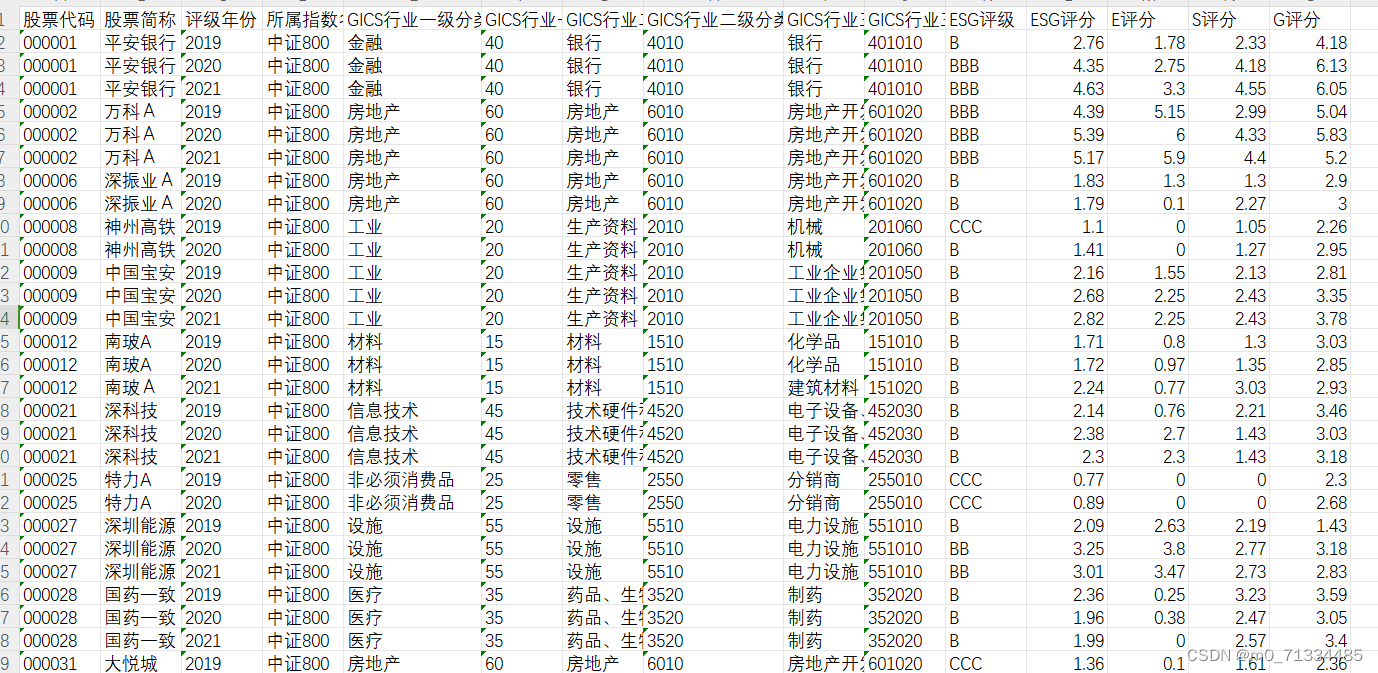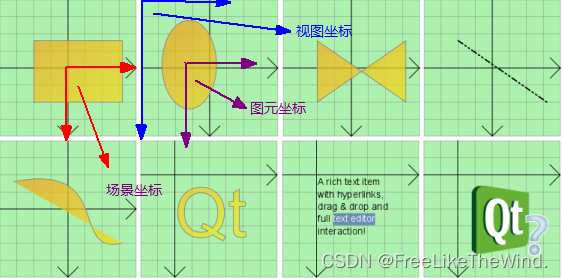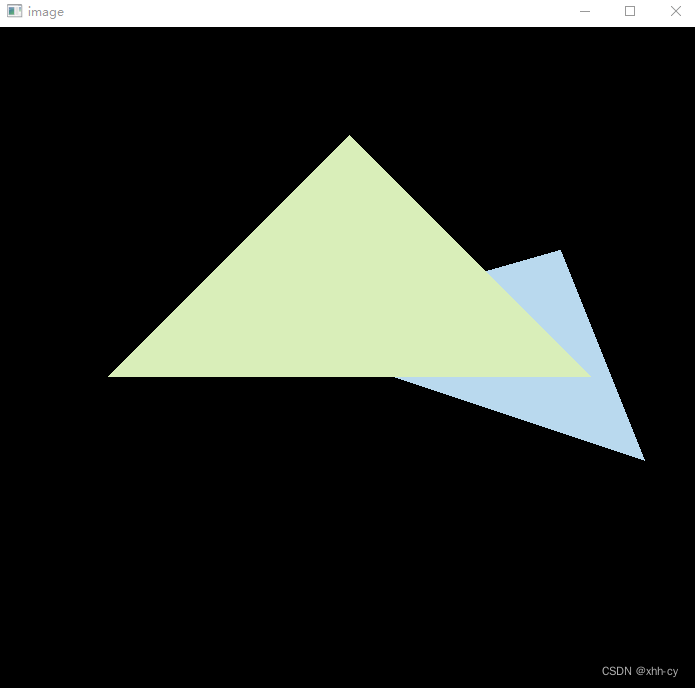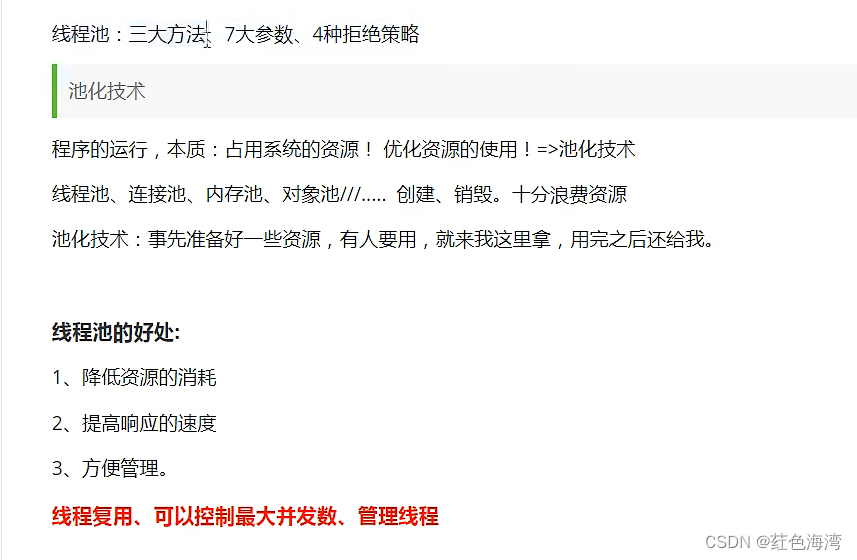

1.线程池的三大方法
package com.kuang.pool;
import java.util.concurrent.ExecutorService;
import java.util.concurrent.Executors;
//Executors工具类 三大方法
//使用线程池,创建线程
public class Demo01 {
public static void main(String[] args) {
// ExecutorService threadPool = Executors.newSingleThreadExecutor();//单个线程。
//ExecutorService threadPool = Executors.newFixedThreadPool(5);// 创建一个固定的线程池的大小。阻塞队列无线大,创建线程固定
ExecutorService threadPool = Executors.newCachedThreadPool();//创建一个可伸缩的,遇强则强,遇弱则弱。 创建线程无线大,阻塞队列就一个容量
try {
for (int i = 0; i < 100; i++) {
threadPool.execute(()->{
System.out.println(Thread.currentThread().getName()+" ok");
});
}
} catch (Exception e) {
e.printStackTrace();
} finally {
threadPool.shutdown();
}
}
}
2.源码分析
2.1 newSingleThreadExecutor()
public static ExecutorService newSingleThreadExecutor() {
return new FinalizableDelegatedExecutorService
(new ThreadPoolExecutor(1, 1,
0L, TimeUnit.MILLISECONDS,
new LinkedBlockingQueue<Runnable>()));
}2.2 newFixedThreadPool(int nThreads)
public static ExecutorService newFixedThreadPool(int nThreads) {
return new ThreadPoolExecutor(nThreads, nThreads,
0L, TimeUnit.MILLISECONDS,
new LinkedBlockingQueue<Runnable>());
}2.3 newCachedThreadPool()
public static ExecutorService newCachedThreadPool() {
return new ThreadPoolExecutor(0, Integer.MAX_VALUE,
60L, TimeUnit.SECONDS,
new SynchronousQueue<Runnable>());
}
本质是:new ThreadPoolExecutor
源码分析
public ThreadPoolExecutor(int corePoolSize,
int maximumPoolSize,
long keepAliveTime,
TimeUnit unit,
BlockingQueue<Runnable> workQueue,
ThreadFactory threadFactory,
RejectedExecutionHandler handler) {
if (corePoolSize < 0 ||
maximumPoolSize <= 0 ||
maximumPoolSize < corePoolSize ||
keepAliveTime < 0)
throw new IllegalArgumentException();
if (workQueue == null || threadFactory == null || handler == null)
throw new NullPointerException();
this.acc = System.getSecurityManager() == null ?
null :
AccessController.getContext();
this.corePoolSize = corePoolSize;
this.maximumPoolSize = maximumPoolSize;
this.workQueue = workQueue;
this.keepAliveTime = unit.toNanos(keepAliveTime);
this.threadFactory = threadFactory;
this.handler = handler;
}public ThreadPoolExecutor(int corePoolSize,//核心线程池大小
int maximumPoolSize,//最大核心线池大小
long keepAliveTime,//超时了没有人调用就会释放
TimeUnit unit,//超时单位
BlockingQueue<Runnable> workQueue,//阻塞队列
ThreadFactory threadFactory,//线程工厂,创建线程的,一般不用动
RejectedExecutionHandler handler) {// 拒绝策略 手动 创建一个线程池
手动 创建一个线程池
new
4种拒绝策略
package com.kuang.pool;
import java.security.AccessController;
import java.util.concurrent.*;
import static java.util.concurrent.Executors.newSingleThreadExecutor;
//Executors工具类 三大方法
//使用线程池,创建线程
/**
* 第一种拒绝策略 new ThreadPoolExecutor.AbortPolicy() 超出,则不去执行那个多的,而且会抛异常RejectedExecutionException
* 第二种拒绝策略 new ThreadPoolExecutor.CallerRunsPolicy() 哪个线程的创建出的这个线程,就回到哪个线程去执行
* 第三种拒绝策略 new ThreadPoolExecutor.DiscardPolicy() 队列满了 丢掉任务, 不去执行,也不抛异常
* 第四种拒绝策略 new ThreadPoolExecutor.DiscardOldestPolicy() 队列满了,会抛弃任务队列中最旧的任务也就是最先加入队列的,再把这个新任务添加进去。也不会抛异常!!!
*
*/
public class Demo01 {
public static void main(String[] args) {
// ExecutorService threadPool = Executors.newSingleThreadExecutor();//单个线程。
//ExecutorService threadPool = Executors.newFixedThreadPool(5);// 创建一个固定的线程池的大小。阻塞队列无线大,创建线程固定
// ExecutorService threadPool = Executors.newCachedThreadPool();//创建一个可伸缩的,遇强则强,遇弱则弱。 创建线程无线大,阻塞队列就一个容量
ExecutorService threadPool = new ThreadPoolExecutor(2
, 5,
3,
TimeUnit.SECONDS,
new LinkedBlockingQueue<>(3),
Executors.defaultThreadFactory(),
new ThreadPoolExecutor.DiscardOldestPolicy()//银行满了,还有人进来,不处理这个人的,抛出异常.
);
try {
//最大承载: Deque+max =5+3=8
//超过 RejectedExecutionException
for (int i =1; i <=9; i++) {
int finalI = i;
threadPool.execute(()->{
System.out.println(Thread.currentThread().getName()+" ok"+ finalI);
});
}
} catch (Exception e) {
e.printStackTrace();
} finally {
threadPool.shutdown();
}
}
}
3. 最大线程到底该如何定义(调优)
1、CPU密集型 CPU的内核为几, 最大线程就定义为几,可以保持CPU的效率最高!
代码获取CPU的核数
System.out.println("CPU核心为:"+Runtime.getRuntime().availableProcessors());2、IO密集型 判断 你程序中十分耗IO的线程 就把最大线程定义 >15 比如
程序 15 个大型任务,io十分占用资源,就设置最大线程定义为30


